Butterflies are known as "flying flowers" and are a kind of charming and beautiful insects. Surprisingly, however, greater beauty often comes with greater toxicity. This article will introduce the 10 most poisonous butterflies in the world, including African long-winged swallowtail butterfly, birdwing swallowtail butterfly, phantom purple butterfly, blue-edge gray butterfly, queen butterfly, American blue swallowtail butterfly, red sawfly butterfly, etc. . Let’s find out together.
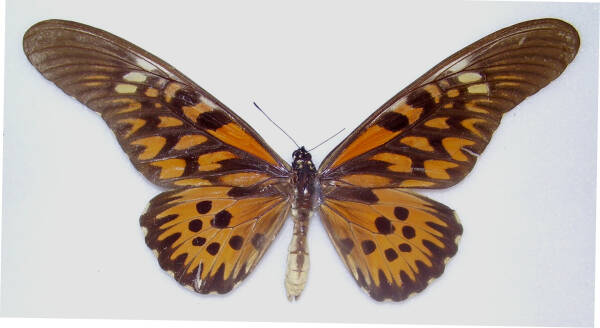
The African long-winged swallowtail is the number one venomous butterfly species. It is the largest butterfly in Africa and has gorgeous orange and black wings. This bright color is not just for aesthetics, in fact, it is a warning sign as this butterfly is highly venomous to its enemies. In addition, the African long-winged swallowtail butterfly also emits a strong scent that can be smelled even within ten steps. The scales of this butterfly are rich in cardiosteroid toxins, so some birds, finches, lizards and other animals will stay away from it. Adult swallowtail butterflies are said to contain enough toxin to kill six domestic cats.

Among butterflies, the Birdwing is also one of the most toxic species. Butterflies of this genus are usually larger in size and have brightly colored wings. They mainly inhabit tropical rainforests in Oceania. Adult butterflies move around the rainforest, but in relatively small numbers. Birdwings are most active in the early morning and dusk, feeding on nectar. It is worth emphasizing that female butterflies will immediately search for suitable host plants after mating, mainly plants of the genus Aristolochia and Aristolochia. Therefore, the host plants of the larvae cover a variety of Aristolochia species, and they mainly feed on the leaves of these plants. Therefore, butterflies belonging to the birdwing category are highly venomous. These butterflies have a telescopic organ called a "gamma gland" behind their heads. When they are disturbed, they secrete foul-smelling terpene compounds. This special defense mechanism keeps most predators away due to their venom.
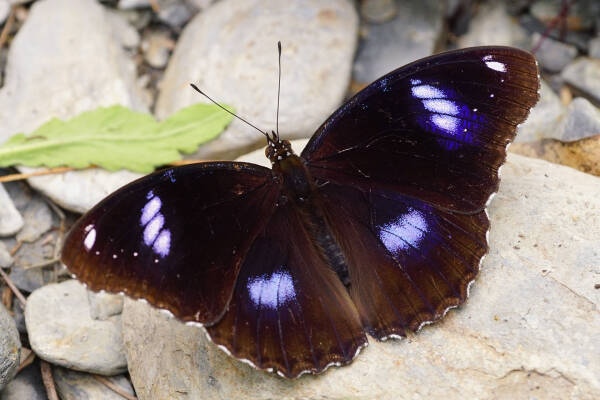
Poisonous butterflies are usually beautiful, and I particularly like the phantom butterfly. The wings of the male butterfly of this species are dark brown, with a darker base, slowly transitioning to a light color outwards, with a less obvious blue luster, and the rear edge of the forewings protrudes outward in a wide arc. When sunlight hits their wings, they produce purple fluorescence, which is very beautiful and charming. The phantom butterfly prefers to lay its eggs on the leaves of oleander and fig. The newly hatched larvae will first eat the egg shells and then start feeding on the young leaves of oleander or fig. They ingest the toxins from oleander and accumulate them in their bodies to defend themselves against attacks by natural enemies.

The blue-bordered butterfly is one of the most venomous butterflies in the world. It and its five other butterfly species are dedicated to demonstrating their venom. The six species of butterflies derive their toxicity from a plant they feed on as larvae, called cycads. Cycads, a plant that has existed since the time of the dinosaurs, contain a highly potent hepatotoxin called cycad. Due to this strong toxicity, butterflies belonging to the genus Eumaeus tend to be larger and more colorful. Their larvae are also striking, red with gold stripes, and often appear in groups, feeding on cycads together.
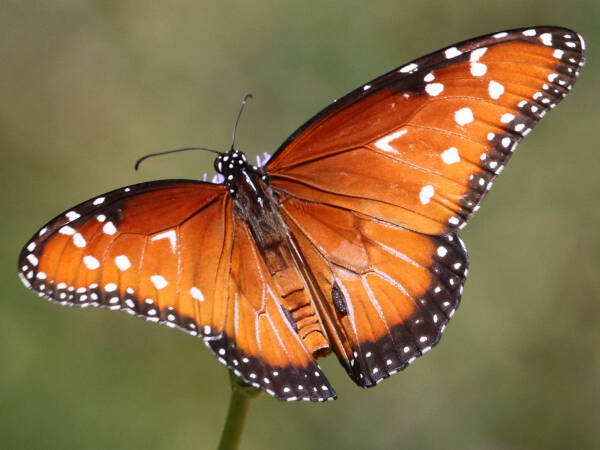
The Queen Butterfly (Danaus gilippus) belongs to the family Melidae and lives in North and South America. It is also one of the most venomous butterflies in the world. The wingspan of this butterfly generally ranges from 3.1 to 9.3 inches. The wings are orange-brown with black edges and veins, and white spots around the forewings and black edges, giving it a glowing appearance. Queen butterflies feed on milkweed plants. The plant is highly toxic, and when butterfly larvae eat milkweed, the toxin accumulates in their bodies. These toxins are enough to kill small birds, and even some milkweed species, and butterfly larvae can become narcotized if consumed too much. This shows that the queen butterfly is extremely venomous.
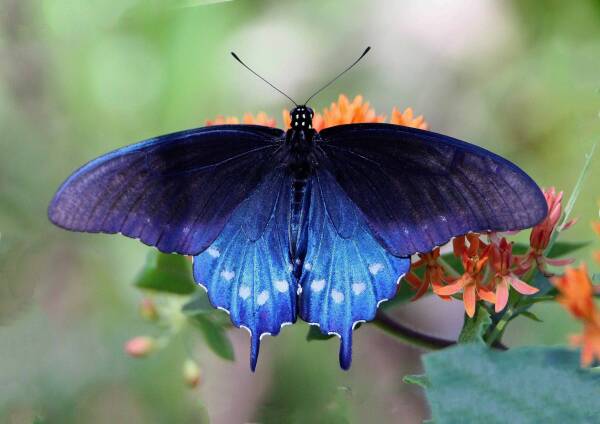
The highly venomous butterfly American blue swallowtail is mainly distributed in North America. Its life cycle includes four stages: egg, larvae, pupa and adult. The eggs of the American blue swallowtail butterfly are round, and the larvae have neatly arranged black or red fleshy horn-like protrusions on their backs. These larvae usually live in colonies and feed on a variety of climbing plants, especially the leaves of the Aristolochia plant. When pollen enters the larvae, it is converted into a toxin called a cyanogenic glycoside. Such toxins not only protect the butterfly itself, but also protect the larvae before they hatch. When pollen levels are low, the female butterfly redirects the toxins into the reproductive system.
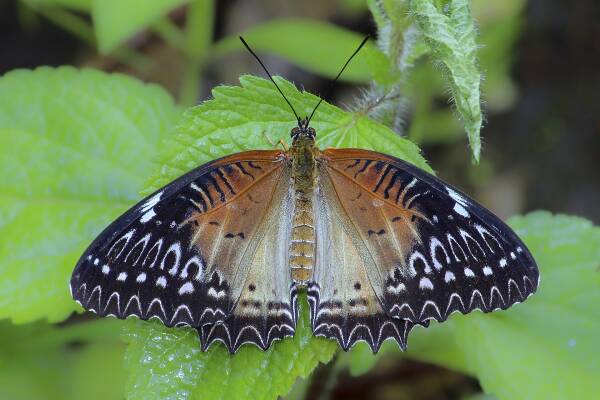
The red sawfly is one of the ten most famous poisonous butterflies. They have graceful bodies and brilliant plumage colors. The larvae like to feed on tripods. Adults in the wild mostly move in forest glades and sunny open areas at the edge of forests. Sometimes they also look for nectar plants in plain areas, and they especially like to visit lantana flowers. They sometimes feed on fermented fruit juices and even animal feces. Lantana is listed as one of the top ten noxious weeds in the world. When cattle, sheep and other livestock eat lantana leaves, they may be poisoned or even die. Therefore, the red sawfly is also considered to be highly venomous.
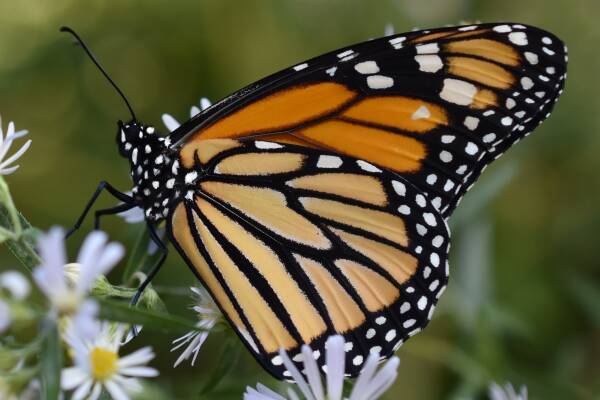
The monarch butterfly is one of the 10 most venomous butterflies in the world. It is known for its beautiful orange, white and black wings, long-distance migration and venom. The butterfly feeds on milkweed plants, which contain high concentrations of a chemical called cardiac glycosides (also known as cardenolides). This allows the monarch butterfly to accumulate this poisonous substance in its body, providing it with protection from certain predators. In addition, the monarch butterfly's brilliant colors also serve as a warning to predators.
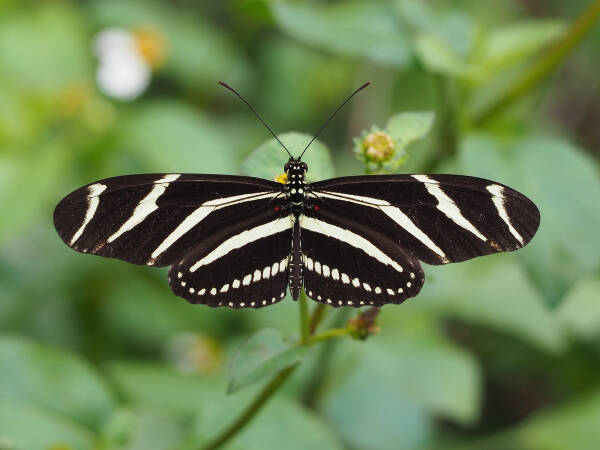
The larvae of the yellow-sleeved butterfly, also known as the zebra long-winged butterfly, have a bluish-white body covered with black, poisonous spines, which is quite scary. After the adults emerge, their wings show bright and beautiful patterns, with black and yellow intertwined to form a strong contrasting color, just like the patterns of a zebra, hence the name "zebra long-winged butterfly". This butterfly flies slowly and often gathers in large numbers in open areas and swarms in bushes at night, forming a phenomenon called "sleep parties." Yellow-sleeved butterfly larvae feed on passionflower leaves. These leaves contain active alkaloids that are highly toxic and have a bitter taste. When the larvae chew on these plant leaves, the toxins in their bodies increase accordingly and are visually enhanced by black spots and long spines on their bodies, keeping predators away from them.
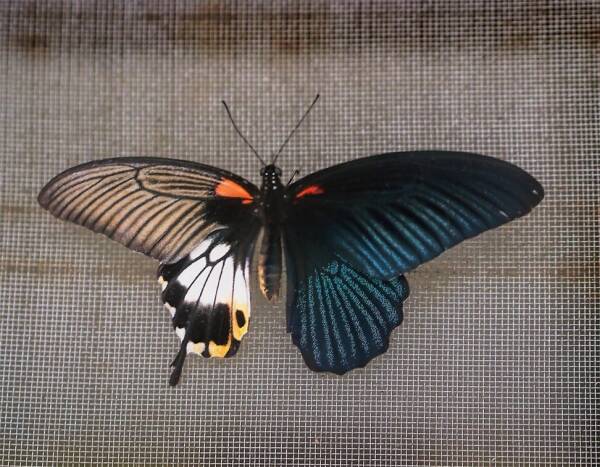
When it comes to the most venomous butterflies, a very famous one is the Emperor Moth, the Yin-Yang Butterfly. It is a butterfly endemic to South America and belongs to a very rare group of butterflies in the order Lepidoptera. The distinctive feature of this butterfly is its asymmetrical shape on both sides and its various colors, so it is called the Yin-Yang butterfly. The Emperor Moth Yin-Yang Butterfly is a special one, because it not only has the characteristics of asymmetry on both sides, but also has different wing shapes, with a tail stalk on one side, and the colors of the wings are also different, and they also carry drama on their bodies. toxic substances.
The ranking of the 10 most poisonous butterflies in the world is mainly based on the butterfly's popularity/toxicity intensity and comprehensive reference to relevant Internet rankings/lists for recommendations. If you have any questions, please leave comments/criticisms at the end.
We created this article in conjunction with AI technology, then made sure it was fact-checked and edited by a Animals Top editor.